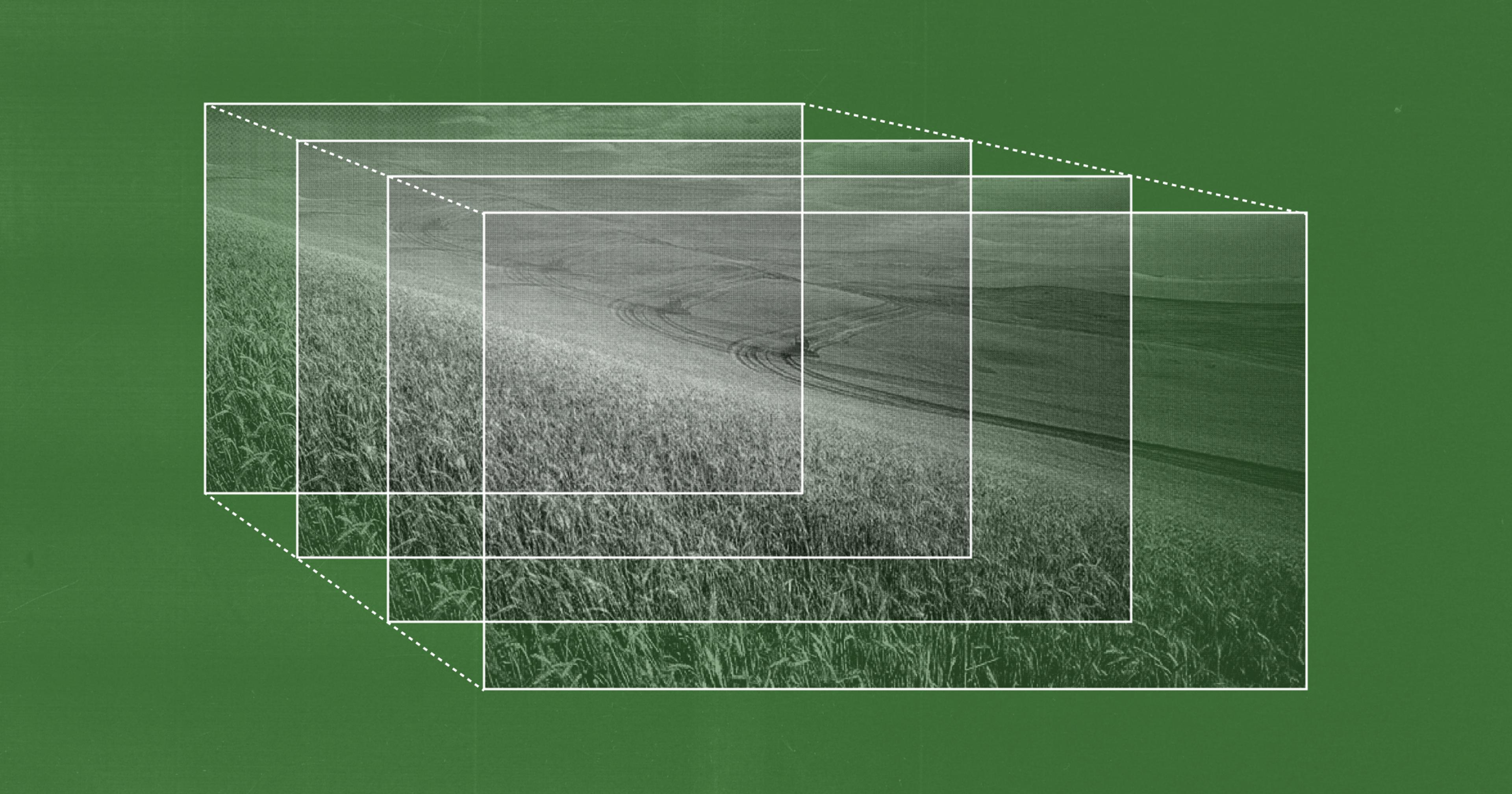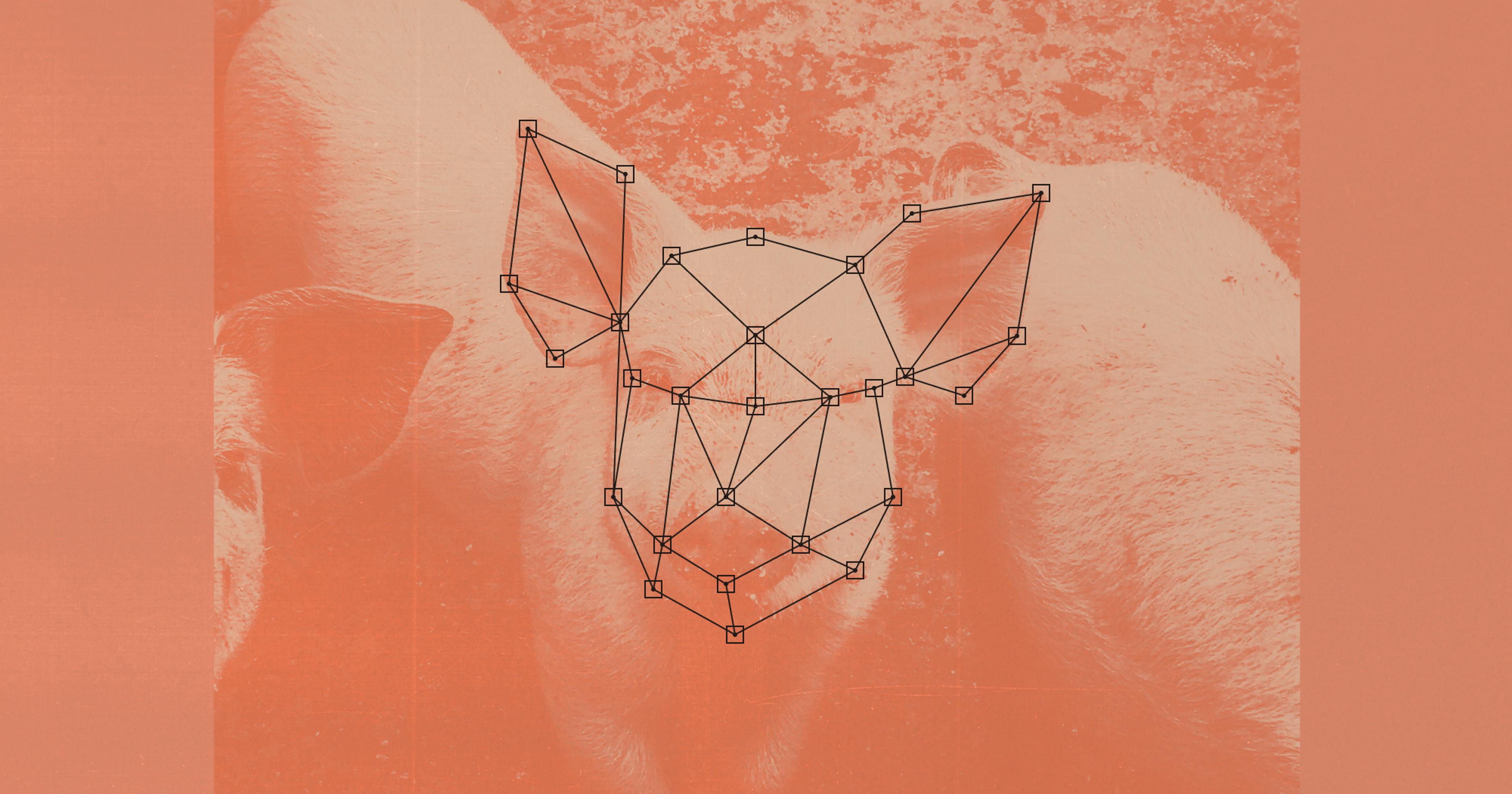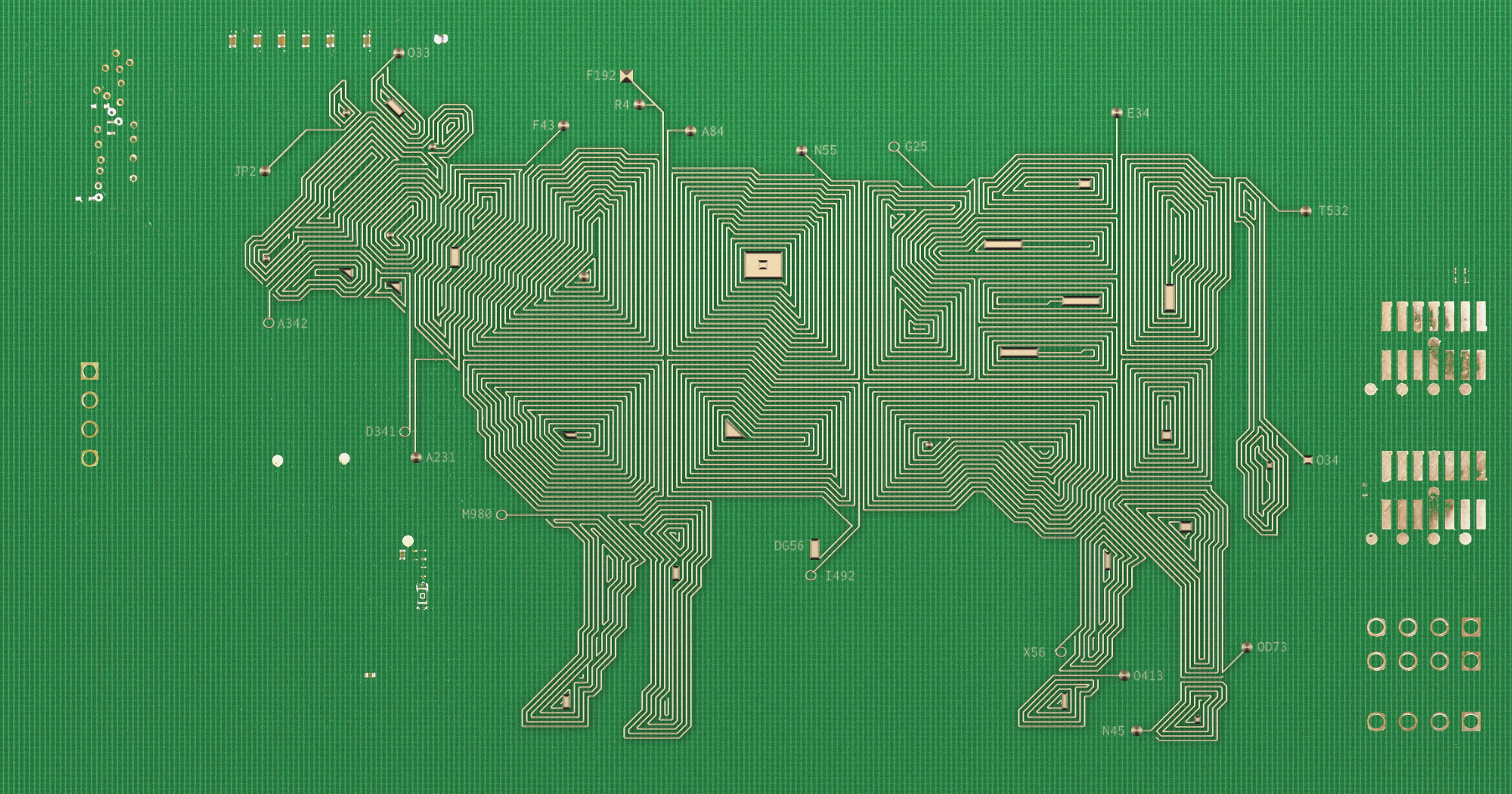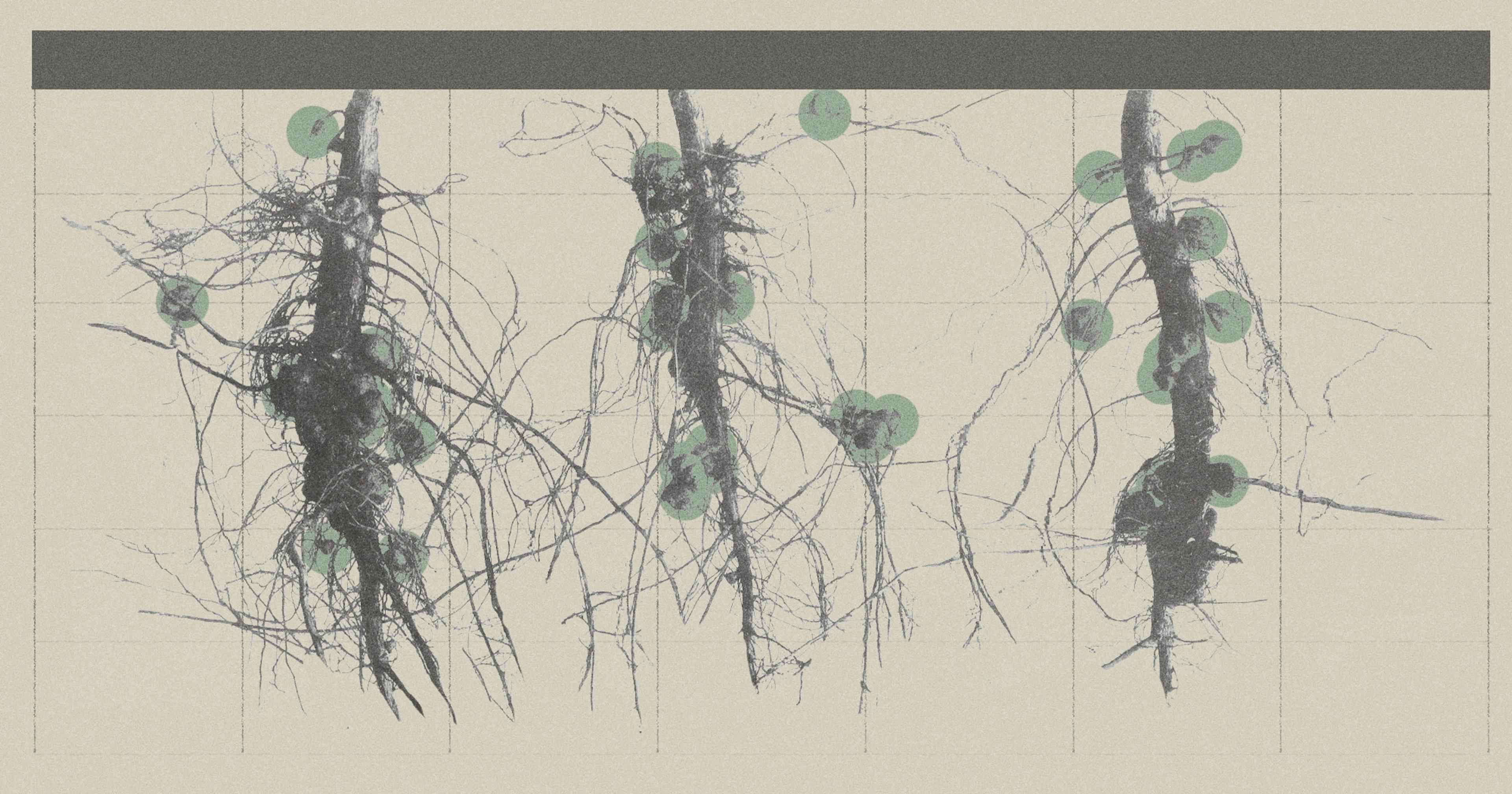As ag producers adopt ChatGPT, concerns about accuracy, utility, and environmental damage abound.
Marc Arnusch, a third-generation farmer, has spent his career raising sugar beets, onions, and barley grains in Colorado’s Prospect Valley. Recently, when his seventy-year-old friend and neighbor reached out because he was considering exiting the farming business, Arnusch found himself consulting an unexpected ally for advice: ChatGPT.
Arnusch wanted to investigate every outcome before offering guidance on such a personal and life-altering decision. ChatGPT helped Arnusch lay out a strategy, with options for changing markets, leaving the industry completely, or selling the farm for a stake.
Eventually, his friend decided to rent his farm holdings to Arnusch’s son and nephew — the fourth generation of Arnusch Farms. Now, the two farms are in business together. “I feel ChatGPT brought us to a point where we had a really good conversation and drove the principal pieces of that discussion,” said Arnusch. “It’s almost like a robotic business coach that I’m learning to confide in.”
Arnusch is part of a small but growing number of farmers leveraging artificial intelligence (AI) and large language models (LLMs), like ChatGPT, to tackle daily tasks. He’s used it for everything from drafting employee evaluation questions to researching Colorado’s wolf recovery initiatives. “I’ve been blown away by the information it can kick out in a host of different areas,” he said.
Still, Arnusch says he’s wary of using the tool for questions related to his farming products. “When I ask it about animal agriculture, sustainability, or GMOs, it produces things I don’t agree with as a farmer, or that are blatantly false,” he said.
Earlier this year, Farmers Business Network (FBN), an ag-tech data research platform based out of San Carlos, California, released its own version of ChatGPT called Norm. Norm is built on OpenAI’s GPT-3.5 model, and uses public data like weather reports, soil data, and product labels to answer ag-related questions. It also taps into FBN’s exclusive agronomic data and assets from the USDA’s National Agriculture Statistic Service, in an effort to avoid some of the common misinformation its predecessor has become known for. Referred to as hallucinations, instances of misinformation occur when a model generates incorrect information but presents it as fact. OpenAI, ChatGPT’s creator, has already faced legal challenges due to these hallucinations.
Kit Barron, head of data science and analytics at FBN, said the company recognized the dangers of getting farming information wrong early on. “You do not want a chatbot hallucinating recommendations for highly regulated products that have a significant impact on the viability of your family farm,” Barron said.
While still in beta testing, Norm is trained to answer animal health, crop protection, and product usage questions for farmers across North America. Barron said the kinds of questions Norm receives range from mundane to serious. “[At first], there were a lot of novelty questions, probing, having fun with it,” Barron recalled. “One farmer was even asking us to help him write his wedding vows.”
“You do not want a chatbot hallucinating recommendations for highly regulated products that have a significant impact on the viability of your family farm.”
“Over time it’s become more of a useful tool, we’re seeing a lot more seasonally relevant, directed questions. People are treating it as an ag advisor, or another trusted consultant on their farm. Now, they’re asking about post-harvest [tactics], fertilizer regimes, or herbicide applications, and that’s been really great to see.”
Digital Green, a global development organization, created a similar tool, Farmer.CHAT, which is currently in use in India and Africa. This multilingual chatbot was also built on GPT-3.5. The app aims to close information gaps for rural farmers, who often lack access to real-time agricultural information.
With a simple text or voice query on WhatsApp or Telegram, Farmer.CHAT answers questions such as, “What do I do if there are white flies on my chilies?” or, “How do I know when my onions are ready to harvest?” Its knowledge base is trained on proprietary Digital Green data, much like FBN’s Norm, to ensure only the most accurate information is passed on. Digital Green stated that, to date, the app has reached 5.2 million farmers.
Jona Repishti, head of global gender programs at Digital Green, feels that bridging agricultural information gaps is one of the best applications of the GPT technology she’s seen. She envisions a future where AI and LLMs could be used in predicting yield measurements, market timing, and pricing. “AI technology just has so much potential. It’s so transformative,” she said, “but one of the things that we see is that the landscape is lumpy, in terms of adoption, in terms of availability and equity of access to the latest technologies.” She continued, “Some sectors are further ahead than others.”
Repishti also emphasized that quick access to agricultural information is even more crucial in the face of climate change. Around the world, farmers face mounting climate threats, including wildfire, drought, and flood, as well as negative mental health effects from living in an increasingly unpredictable environment.
Joseph Walton, a research fellow in arts, climate, and technology at the Sussex Digital Humanities Lab, isn’t convinced of generative AI’s efficacy in the agricultural sphere just yet. Generative AI models have negative environmental impacts, which trickle down to agriculture, said Walton.
“Everyone is rushing to embed generative models in everything, without talking about what the long game is.”
“While it can be tempting to think of AI as this ghostly, magical thing, it has a physical basis,” said Walton. “It runs on servers built out of copper, steel, gold, silver, palladium, and cobalt. It took energy to extract those materials and twist and twirl them into servers.“
He continued, “Training and deploying AI models is computationally intensive, and that has implications for embodied carbon in data center hardware, electricity usage, water for cooling, e-waste, and so on.”
“Tech impacts climate and climate impacts agriculture,” he said.
One study, conducted by researchers from AI firms like Hugging Face, aimed to quantify the carbon impact of a machine learning model called Bloom. The study found Bloom’s training emitted enough carbon to power an average American home for 41 years. The same study reported that models of a similar parameter size, such as OpenAI’s GPT-3 model, emitted nearly 20 times as much as Bloom.
Polina Levontin, an environmental policy researcher at Imperial College London, has a more optimistic perspective. She sees AI as a cost-effective way to offset agriculture’s existing carbon footprint.
“There is enormous potential to use agriculture to regenerate soils, capture carbon, use less water and nitrogen, and only apply chemicals when really needed,” she said. “AI will make all this much easier and cheaper ... and, combined with robotics, will limit exposure for farm workers from heat waves and [the like].”
Her concern lies with who will benefit from the adoption of these AI tools. “AI will benefit all farmers, small and large, but it is likely to benefit larger farmers a lot more, exaggerating existing inequalities,” she said.
Still, farmers like Arnusch are already getting creative. He hopes AI can help take the guesswork out of decision-making, and make it easier for smaller farms like his to run a profitable business. “I appreciate the value it has in understanding alternatives that maybe weren’t as obvious to me as I would have thought,” he said.
Walton notes that LLMs aren’t the only AI tools being used in agriculture. Deep learning systems, which use large datasets to recognize patterns and make decisions, are also increasingly popular. These models can be used for crop disease detection, weed control, and yield prediction. Researchers have also found ways to use AI to assess animal emotions, a practice some think will have positive impacts on global animal welfare.
However, he warned against thinking of AI as a silver bullet solution. “We’ve really seen this gung-ho attitude this year … where [suddenly] everyone is rushing to embed generative models in everything, without talking about what the long game is.”
There are also still big gaps in tech companies‘ commitments to climate change and the energy-intensive worlds they are creating, said Walton. “Technology is going to be an important part of how we address climate change. Techno-solutionism is not.”










